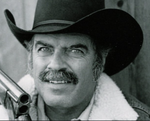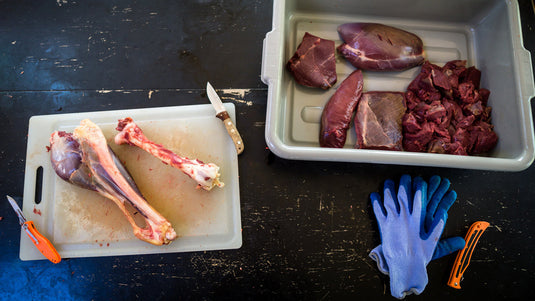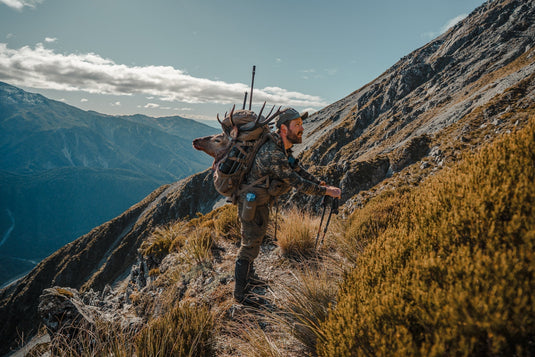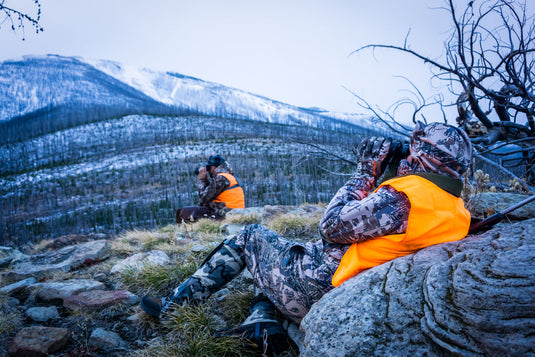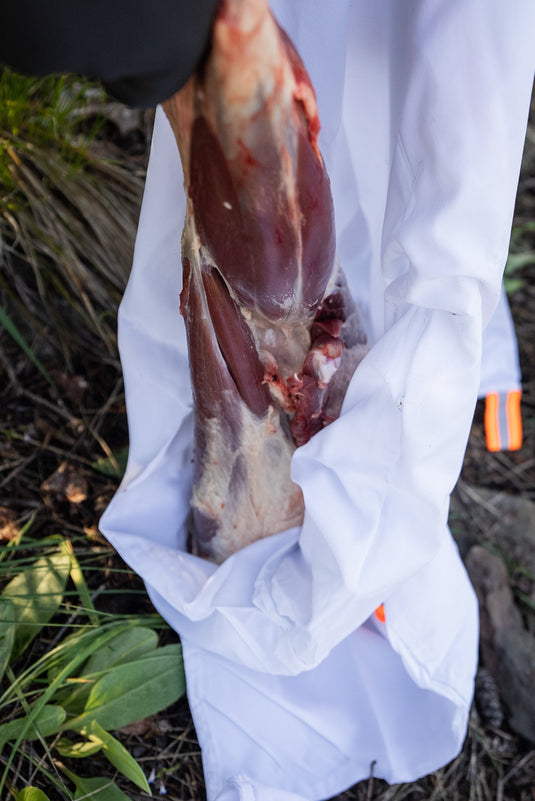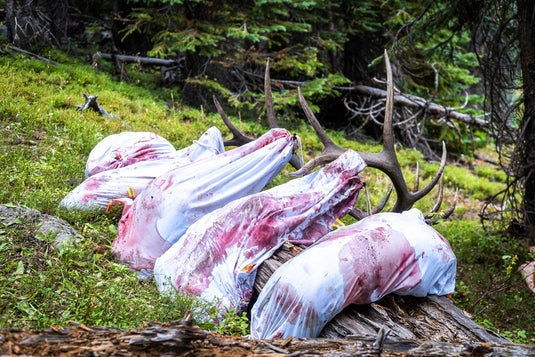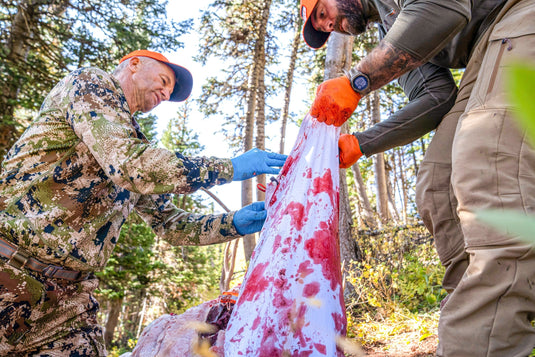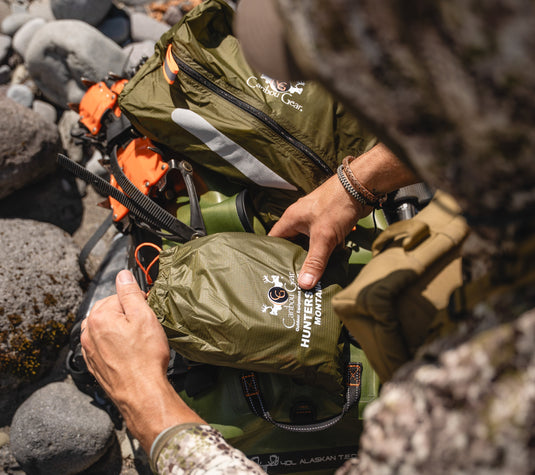March is a slow time for hunters around the country. Big game seasons are closed, though you can still hunt small game such as rabbits and squirrels in some states. Some have no closed seasons. Varmints are often pursued by enthusiastic, dedicated hunters. Prairie dogs and woodchucks are snug in their dens, though on warm days even in March a few may emerge and offer a target. Where legal, crows can be hunted, especially on their winter roosts where thousands of them gather in and around small towns.
For the most part it’s the coyote that attracts the most off-season hunters. They’re plentiful, live everywhere, and are challenging and fun to hunt. And they’re smart-very smart, which is a trait well understood by veteran coyote hunters.
Modern hunters use a variety of calls to attract coyotes. Most will venture afield with several calls, each of them making different sounds. Electronic calls are extremely popular. Some can emit up to 200 sounds.
When you first hear the most common call that sounds like a rabbit in distress you might shake your head in disbelief. The sound resembles a creature that is screaming, wailing, and making all sorts of high-pitched squeals. That’s what a trapped or injured rabbit sounds like.
You may wonder how in the world this concept was ever considered. Who was it that first realized that this eerie sound would attract a predator? When you stop to think about it, it’s remarkable that someone would make this connection between the prey and the predator.
In fact, it all started in Texas about 80 years ago when Morton Burnham heard a bizarre sound coming from behind his barn. When the rancher investigated, he saw a jackrabbit caught in a wire fence. Suddenly he saw a pair of coyotes dashing toward the sound. Morton was amazed. He’d witnessed an astounding attack caused by the distress screams of a jackrabbit. Morton considered making a call imitating the squeals to see if he could call a coyote. His hunch worked and he went on to make several calls, giving them to friends. Then he decided that since the calls were working, he’d try selling them.
His sons Murry and Milton continued the business and Burnham Brothers calls were introduced to hunters. In no time the concept was copied by competitors. A brand new strategy would forever change the way we hunt coyotes.

I heard the first rabbit distress call when I was in college back in the 60’s. One of my roommates bought one out of curiosity when he saw it in a sporting goods store. I’d never heard of the call. He blew the call in our dormitory and half the guys came running to see who was being killed. I was writing an outdoor column for the university newspaper and thought it would be interesting to write about it. I believed it was just a gadget conceived to sell the call to gullible hunters. My roommate let me borrow it. I drove up a nearby canyon and hiked into the woods. It was March, and snow was melting rapidly. I sat under a pine tree and ate a sandwich, basking in the sunlight after a long winter. I’d almost forgotten about the call. I blew it and smiled to myself, thinking I was a fool to think this squealing thing would work. Just then a pair of coyotes dashed out of the timber. I was absolutely dumbfounded — and unprepared. The only gun I brought with me was a .22 pistol only because I intended on doing a little plinking when no coyotes showed. I quickly raised the gun. The coyotes were 50 yards away and saw me move my arm. They whirled and disappeared in the timber before I could get a shot. Of course, a .22 isn’t much of a bullet for a coyote unless it was hit perfectly, but as I said, I brought it just to shoot it. College classes were intense — it was good to be out in the woods and relax.
Seeing those coyotes respond to the call made me an instant believer. I must confess that after I told the guys back in the dorm they thought I was loco, and some wondered if I’d been drinking. I wrote a column about it and got some strange looks from students when I saw them on campus.
After I graduated, I worked as a forest ranger in Utah and met a Government Trapper whose reputation was known far and wide. Willis and I hit it off and I hung out with him on weekends. I told him about the call and he said he’d heard about it but didn’t believe it worked. He pointed to a bunch of traps in his truck and told me they were the only way to get a coyote. At one point we heard a coyote in the distance when we were sitting around a warming fire. I pulled the call out of my pocket and blew into it. Willis thought I was daffy and was astounded when a coyote appeared on a ridge and loped toward us. Willis gasped and shook his head, muttering something. We didn’t have a gun, but Willis realized the call was indeed credible.
As time went on, many companies carried predator calls in their inventory. Then there came the accessories. You could set up a furry creature that wiggled around near your calling location. Distant coyotes that were too wary to come in saw that counterfeit morsel and fell for it. Other than distress calls, manufacturers introduced different coyote sounds as well as different prey sounds. A fawn deer in distress became very popular and is used successfully to attract bobcats and mountain lions as well as coyotes.
Electronic calls are so popular now that many veteran hunters won’t leave home without it. The typical call has a speaker that is detached and set away from the call. It’s activated remotely so incoming coyotes will head for the speaker and be distracted while the hunter is preparing to shoot.
Books have been written about strategies to call coyotes. I was lucky enough to hunt with Murry Burnham, the master himself, for many years. He was a wonderful mentor and I learned much from him. Here are some of his techniques.
Always enter a potential calling area as silently as possible. If you attempt to drive your pickup or ATV too close, you’re apt to be heard or spotted by coyotes. If necessary, hike in quietly and always be aware of wind direction.

Camo clothing is mandatory, which is well understood, but that includes face mask and gloves. It’s always best to set up in a natural blind rather than something artificial you quickly set up. It’s also productive to hide in or behind an old farm implement or rusting vehicle that has been around for years. Coyotes are accustomed to their presence.
Movement in your setup is always a problem. Be flexible if there are branches that impede your necessity to swing your gun. Always move as slowly as you can.
Never underestimate the ability of a coyote to hear you at a very long distance. Their hearing is remarkable. Don’t be surprised if you see a coyote trotting toward you a half mile away or more. Always be aware of your close-in surroundings and be aware that a coyote can approach from behind you.
Your calling cadence is up to you. Some hunters call for five or ten minutes, then stop and observe, and then repeat the calling. Try to give your calling efforts a little more time rather than looking at your watch and leaving on a schedule. When you get up to leave, do it slowly and keep your eyes peeled. More than once I’ve gotten up from my stand without paying attention and spotted a coyote so close behind me, I could have hit him with a shotgun if I was ready.
Just when you think you’ve got it figured out a coyote will add one more trick. That’s what makes it so much fun. They’re unpredictable and will offer all the challenge you can possibly want.

When transporting a coyote out of the field you need to be concerned about ticks and fleas, especially fleas. Hunters typically will carry a coyote slung over their shoulder, and learn soon afterward that fleas are crawling all over them. Fleas can carry many diseases including bubonic plague. Ticks also transmit many diseases.
The solution is to carry the coyote in a Caribou Gear game bag which prevents bad critters from getting out. It’s a mistake to carry a coyote in a plastic bag because heat from the body cannot escape, and will affect the quality of the fur if you intend to skin the coyote. The Caribou gear game bags are far superior, since they allow air in out and promote cooling of the carcass.
Fleas will leave the coyote as soon as the carcass cools. When you remove the coyote, close the bag again so fleas inside don’t escape. Wash the bag as soon as you can with hot water and soap.
Also, be aware that rabbits carry fleas, and don’t believe that subzero cold will kill them as is commonly believed. The fleas are positioned in the very dense fur next to the carcass and are unaffected by external air temperatures no matter how cold. This is also true of coyotes, so carry your rabbits in a Caribou Gear game bag as well. I’ve hunted rabbits after temperatures dipped to 30 below zero. Upon cleaning them I saw plenty of healthy fleas jumping around.


